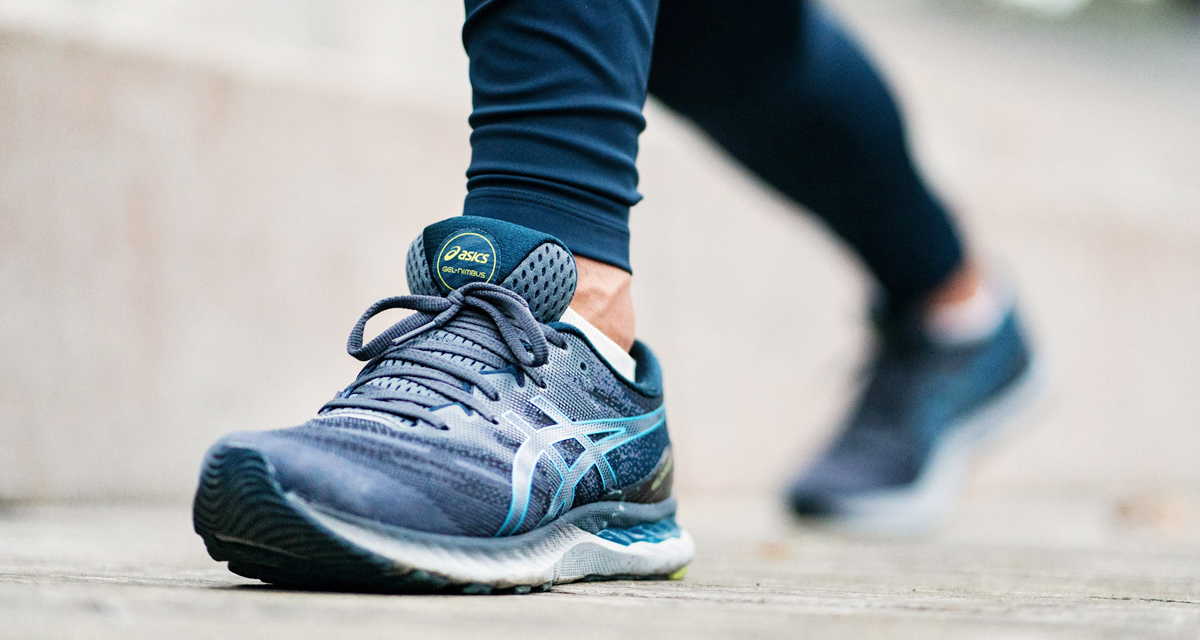Speed workouts and long runs are the exciting part of training for a race. However, not every run can be fast or long! Slow runs have their place in training also. One of the most common mistakes runners make is running too fast all the time. As counter-intuitive as it sounds, if you want to run faster, sometimes you have to run slow – such as on recovery runs.
What are recovery runs?
Recovery runs are easy runs that you do at a very light, controlled effort. Typically, you do these runs when your legs are tired from previous training, but you want to get in more mileage for the week. Recovery runs are aerobically easy enough not to elicit any muscle damage or need for extra recovery.
Recovery runs are a bit of a misnomer. They do not directly help you recover. You cannot go on a recovery run instead of taking a scheduled rest day, for example. Instead, recovery runs allow you to get in your miles without prolonging recovery from previous training.
Contrary to popular misconception, recovery runs do not flush out lactic acid. Lactic acid typically clears shortly after a hard workout. However, a recovery run will pump oxygen-rich blood into damaged muscles. This is why you usually feel better after doing a recovery run!
Since the goal of a recovery run is adding mileage without prolonging recovery, you want to cap recovery runs at approximately 60 minutes in duration.
Why do a recovery run?
Why even do a recovery run? Why not cross-train or rest instead? As implausible as it may sound, recovery runs can play a vital role in performance. So, if you have your sights set on a personal record or a marathon, recovery runs will likely be part of your plan.
One of the most significant predictors of running performance is overall training volume (how many miles or kilometers you run per week). While this will vary for every runner, an example is that recreational marathoners may run faster if they train at 40-45 miles per week instead of 30-35 miles per week. Mileage comes with a risk of injury, so to mitigate that risk, most of those runs should be done at an easy running pace. To get in enough mileage, you will likely run most days of the week, including the day after a speed workout or long run.
That’s where the recovery run comes in: it allows you to increase your total weekly mileage without increasing your risk of injury.
When should I do a recovery run?
Typically, you would run a recovery run on the day after a speed workout or long run. However, you can do a recovery run whenever you feel like it! Any easy run can be turned into a recovery run if you run slower than usual. So, if you are extra tired or sore, you can adjust your training and make that day’s run into a recovery run.
The only time you should skip a recovery run is if you are sick, injured, or sleep-deprived. A recovery run will not help you feel better faster. Instead, you should opt to rest in one of those scenarios.
Will a recovery run make me slower?
No! Running slower does not make you slower if you are also doing speedwork. Running too fast too often will eventually lead to burnout and injury. Those cause inconsistent training and that will make you slower.
Supercompensation theory states that when you apply a training load, appropriate recovery allows you to build fitness. Your body initially loses some fitness after a hard workout; think of how slow you feel the day after a speed workout. However, when you allow appropriate recovery to happen, you bounce back to a higher fitness level than before.
This is where a recovery run can help. You can still get the benefits of mileage, but only if you go slow enough to allow your body to recover fully from a big workout or big long run. Then, as a result, you end up faster!
What is the ideal pace of a recovery run?
The most important metric for recovery runs is perceived effort. Your pace may vary widely based on how tired you are from the previous day’s run. Recovery runs should start out feeling very slow and restrained; your perceived effort should be about a 3 out of 10 (if 1-2 is walking and 10 is an all-out sprint).
In terms of pace, a recovery run is slower than your other runs. A good rule of thumb is 3+ minutes per mile slower than 5K pace or 2+ minutes per mile slower than marathon pace. For example, let’s say you are training for a 5K with a goal pace of 8 minutes/mile. Most of your easy runs will be around 10 minutes/mile, but you may go as slow as 11 minutes/mile on your recovery run days.
For some runners, using walk breaks can keep effort under control on a recovery run. If you begin to feel like you are working too hard, walk for a few seconds to gain control over your breathing again.
What are the mental benefits of recovery runs?
Ever feel burned out during a high mileage training cycle? Recovery runs give your brain as much of a chance to chill out as they give your body. A recovery run is an opportunity to go slow and enjoy nature, take some pictures, spend time with a friend, or listen to an enjoyable audiobook.
If running slow on the roads sounds boring, take your run off-roads. Dirt trails are a lower impact on your bones and muscles, which further enhances recovery. Your pace may be even slower on trails than on roads, so run for time rather than distance.
Let the ASICS Runkeeper app be your friend. Our ASICS running coaches can help guide you with audio stats and we make it easy to track your progress. Have a fun run!




